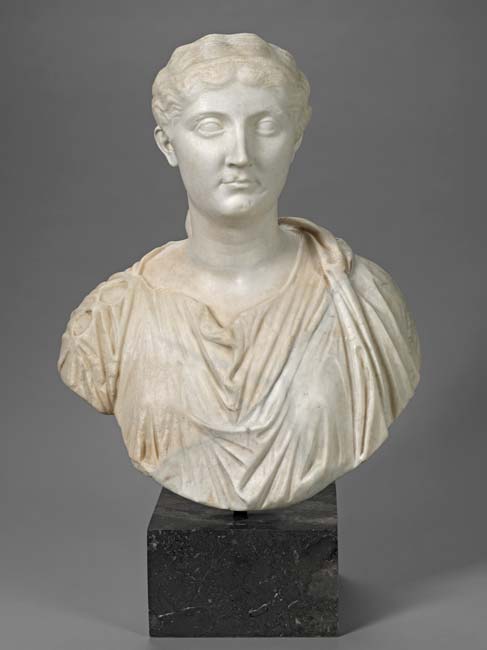Taken together, the objects on display in our inaugural installation tell the story of the world’s great art—from ancient to modern times and across all media. We asked curators to share vignettes about a select group of objects that showcase the breadth and depth of our collections, offering you a window on what will be on view when our new facility opens to the public on November 16.
Bust of Antonia the Younger, c. 37–54 CE, Roman, Harvard Art Museums/Arthur M. Sackler Museum.
Although the original location and function of this portrait of Antonia the Younger is not known, its history over the last 260 years is clear. It was first mentioned in a 1751 catalogue of the celebrated collection of art and antiquities at Wilton House, Wiltshire, as being in the Hunting Room next to a portrait of Julia—the daughter of Augustus and cousin of Antonia—as well as other relatives of Roman emperors. The present state of the bust is a reflection of 18th-century preferences for complete portraits; tests done on the object’s five marble fragments reveal that they come from two different marble quarries, Paros in Greece and Carrara in Italy. While in Wilton House, the portrait was noted for having “very natural” drapery (1751), for being “much injured by cleaning” (1849), and for being a “pretty head” (1882). The name carved on her restored left shoulder is a reflection of the desire of the first known collector of the bust, Thomas Herbert, 8th Earl of Pembroke, to surround himself with named busts.
See other highlighted objects here.



